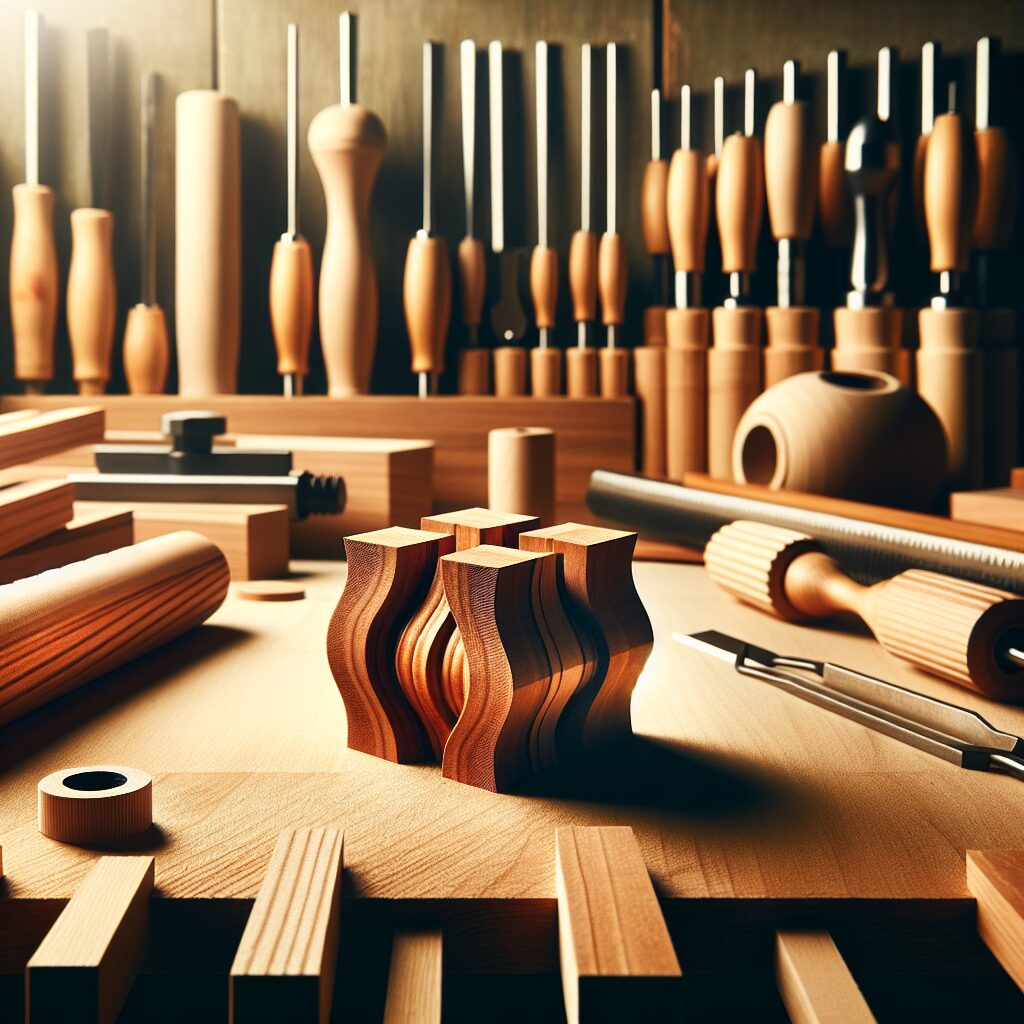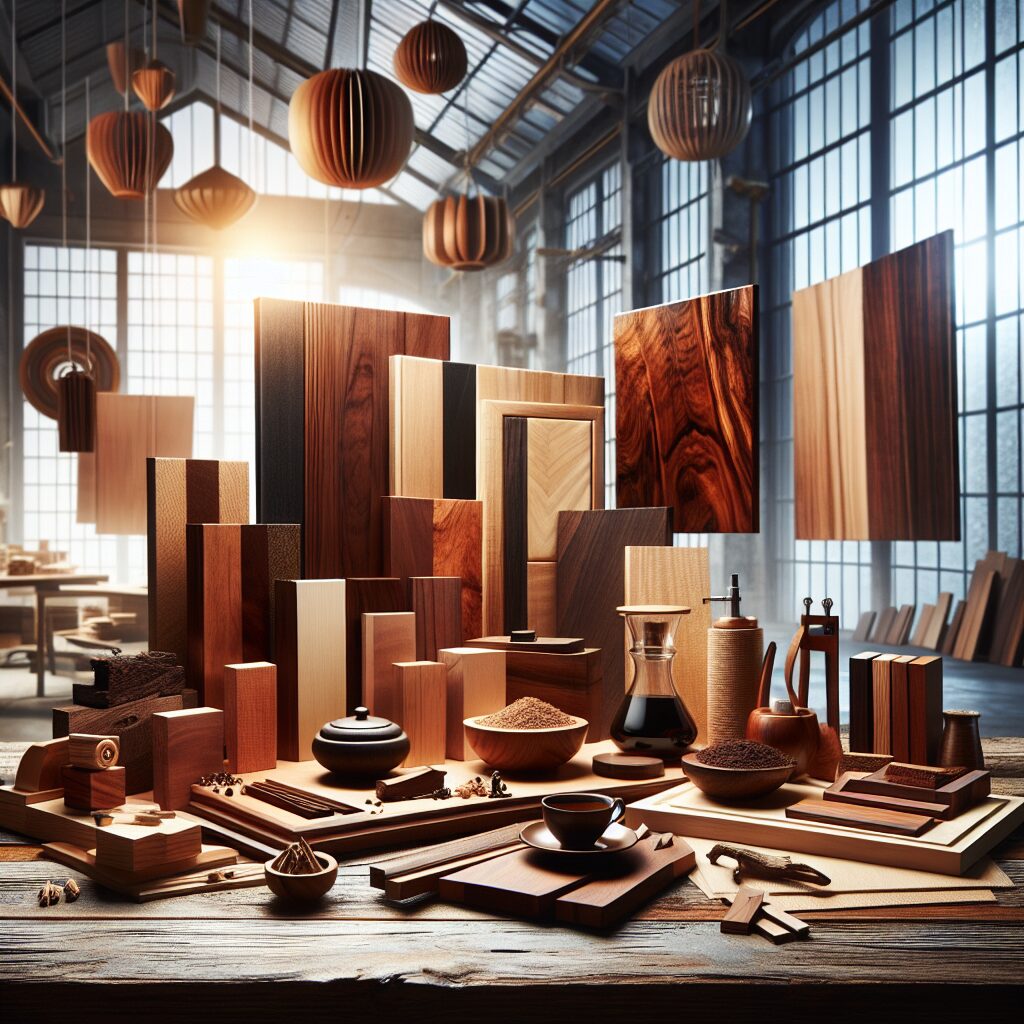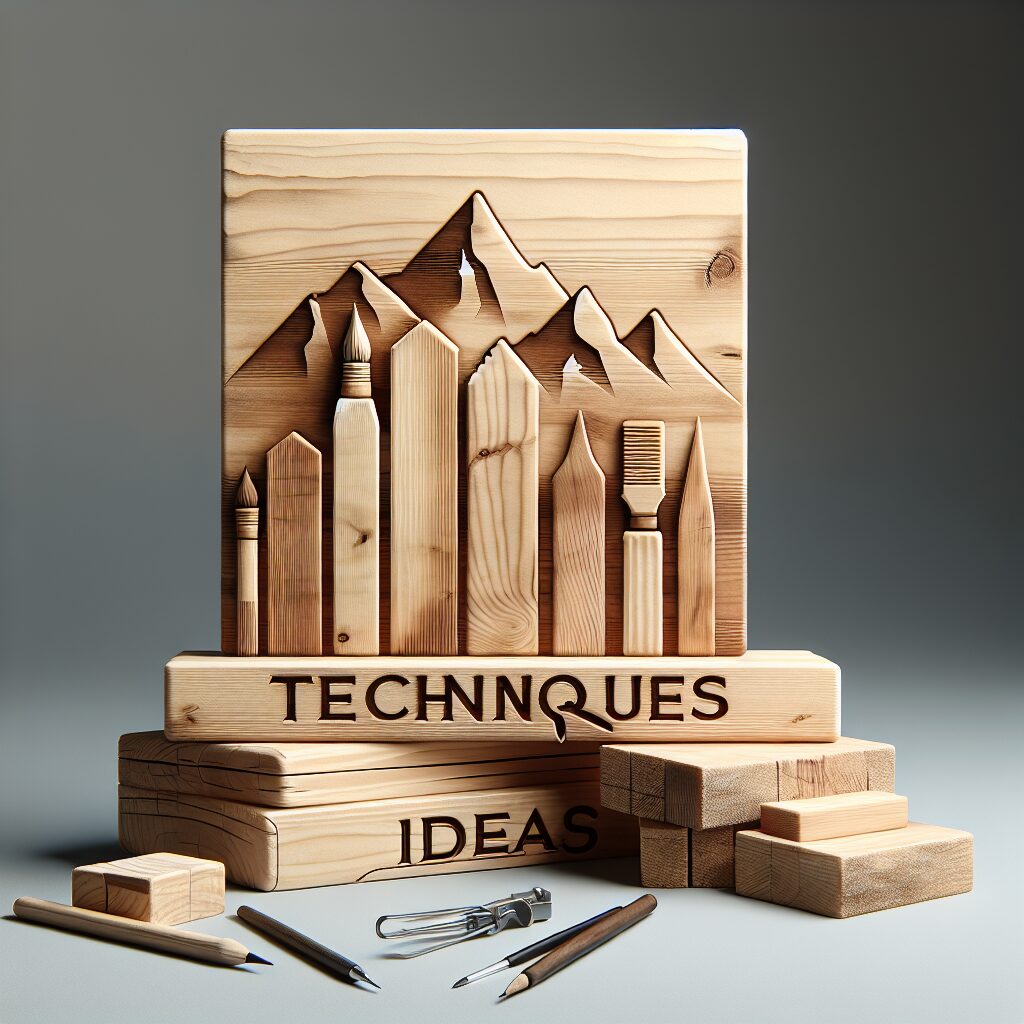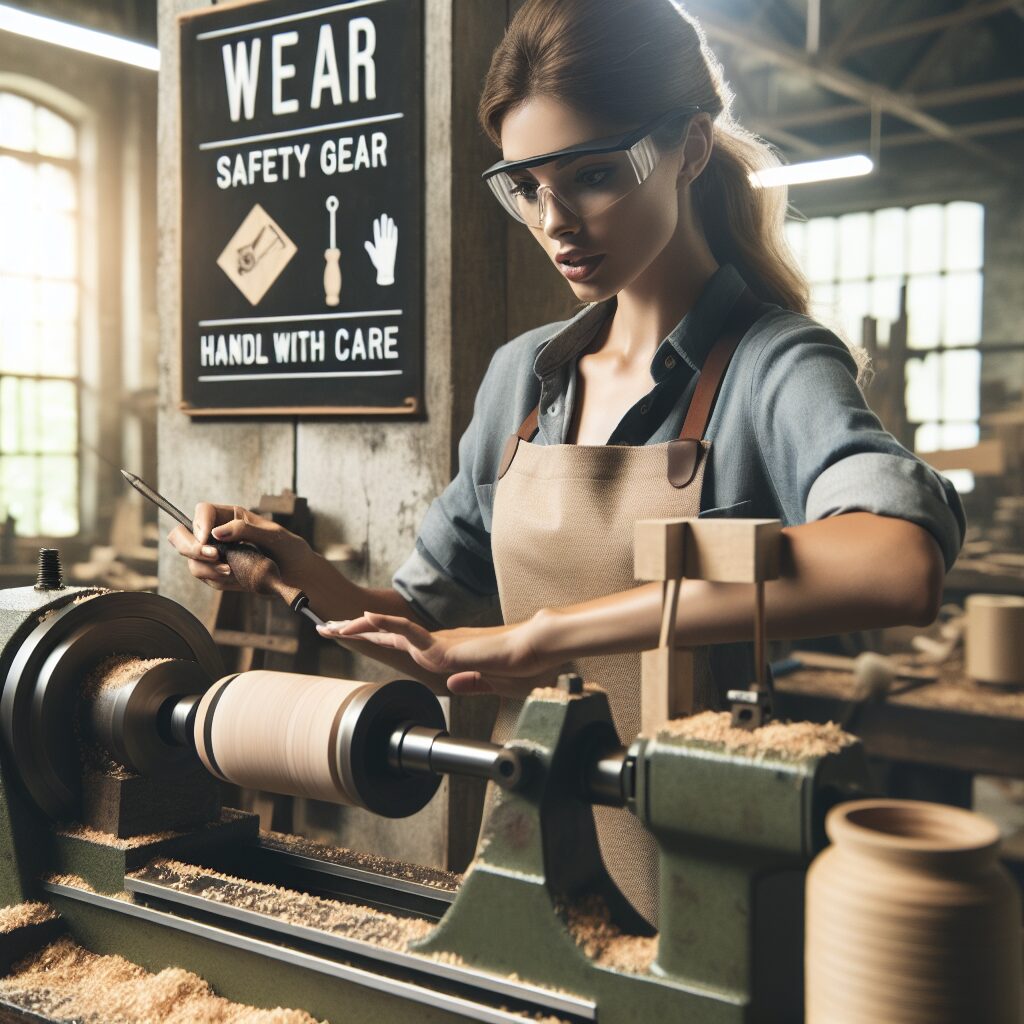Woodworking machinery has revolutionized the craft of shaping wood—from traditional joinery to high-precision cabinetry. Whether you’re a hobbyist or run a full-scale production shop, understanding the right woodworking machines can take your craft to the next level.
In this in-depth guide, we’ll explore what woodworking machinery includes, the most essential machines for beginners and pros, how to choose the right equipment, and current trends transforming modern woodworking.
What Is Woodworking Machinery?
Woodworking machinery refers to a wide range of power tools and machines specifically designed to cut, shape, sand, and assemble wood products. These tools range from basic machines like band saws and planers to advanced CNC routers and edge banders.
Unlike handheld tools, woodworking machines offer more power, precision, and productivity—making them essential in both home workshops and commercial production lines.
Types of Woodworking Machinery
Let’s dive into some of the most common and essential woodworking machines:
1. Table Saw
The heart of most workshops. Table saws are ideal for ripping large boards, cross-cutting, and making precise cuts.
2. Band Saw
Perfect for curved cuts and resawing thick lumber. Band saws are versatile and relatively compact.
3. Planer (Thicknesser)
Used to smooth and reduce wood to an even thickness. A must-have for fine furniture making.
4. Jointer
Used to flatten and square up rough lumber. Jointing boards is a crucial first step in many woodworking projects.
5. Drill Press
Offers accuracy and control when drilling holes at specific depths and angles.
6. Router Table
Excellent for molding edges, cutting dadoes, and other decorative or structural woodworking tasks.
7. CNC Machines
Computer-controlled cutting machines used for intricate designs, repeatability, and efficiency in mass production.
Choosing the Right Woodworking Machinery
Whether you’re outfitting a small workshop or expanding a commercial facility, here’s how to pick the right machines:
🔍 Know Your Needs
- Beginner? Start with a table saw, miter saw, and planer.
- Cabinet Maker? Add edge banders, wide belt sanders, and dust extraction.
- CNC Shop? Invest in high-precision routers and design software integration.
📏 Workshop Size
Consider machine footprint and power requirements. Bench-top models save space but may sacrifice capacity.
⚙️ Budget vs. Quality
Avoid the temptation to go cheap. Quality woodworking machinery lasts longer, cuts cleaner, and improves safety.
🛠️ After-Sales Support
Choose brands with good warranties and easy access to parts and servicing.
Benefits of Using Woodworking Machinery
- ✅ Increased Efficiency: Cut hours of manual labor into minutes.
- ✅ Precision and Consistency: Achieve perfect cuts every time.
- ✅ Scalability: Machinery enables batch production and scaling up your business.
- ✅ Reduced Waste: Precision reduces offcuts and mistakes.
Safety Tips When Using Woodworking Machines
- Always wear safety gear (goggles, ear protection, dust mask).
- Keep blades sharp and clean.
- Use guards and push sticks.
- Never disable safety features.
- Follow the manufacturer’s instructions.
Trends in Modern Woodworking Machinery
🧠 Smart Machines & Automation
AI-driven CNC routers and smart diagnostics reduce errors and downtime.
🌍 Eco-Friendly Practices
Energy-efficient motors, dust collection systems, and sustainability certifications are becoming standard.
🔄 Hybrid Machines
Combo machines (e.g., jointer-planer combos) save space without sacrificing functionality.
☁️ CAD Integration
Design software integration allows seamless transition from design to production.
FAQ: Woodworking Machinery
Q: What is the most important woodworking machine for beginners?
A: The table saw is often considered the cornerstone of any workshop due to its versatility.
Q: Is buying used woodworking machinery a good idea?
A: Yes—if the machine is from a reputable brand, well-maintained, and meets safety standards.
Q: What’s the difference between a planer and a jointer?
A: A jointer flattens one face and edge of a board; a planer makes the opposite face parallel to the first.
Final Thoughts: Master Your Craft with the Right Machinery
Woodworking machinery is more than just tools—it’s the backbone of productivity, quality, and precision in woodworking. Whether you’re creating heirloom furniture or scaling a business, investing in the right machines can dramatically transform your results.
Ready to upgrade your workshop? Research, plan, and invest in the right equipment to bring your woodworking projects to life.






